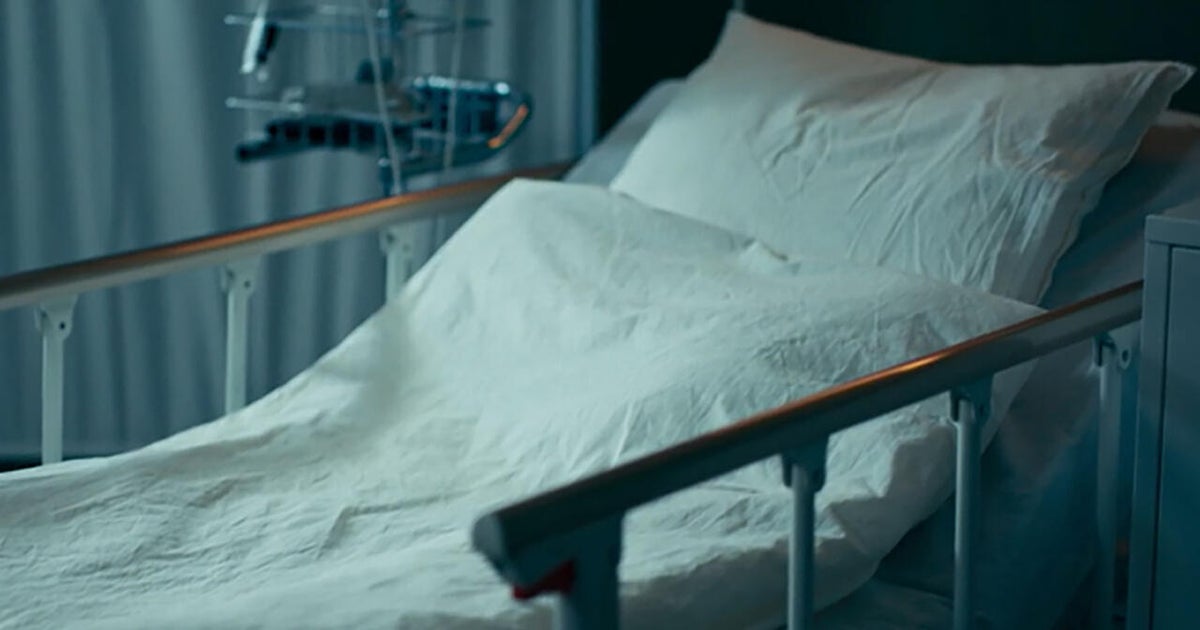Opinion
September 16, 2025 — 3.35pm
September 16, 2025 — 3.35pm
Nomenclature enthusiasts are having a banner year under US President Donald Trump. On his first day in office this year, Trump signed an executive order, renaming the Gulf of Mexico the Gulf of America. More presidential suggestions of things ripe for renaming followed, including army bases, public holidays, a football team, the Kennedy Centre and the Persian Gulf. Finding things to rename seemingly even surpasses Trump’s other favourite thing to find, which is excuses to not follow through on his threats against Russia.
It was therefore utterly unsurprising that this month, Trump signed an executive order changing the name of the Department of Defence to the Department of War. Unfortunately for Trump, it requires Congress to officially change the name, so currently the Department of War primarily comprises Defence Secretary Pete Hegseth’s new nameplate for the office door and his updated X handle.

US President Donald Trump and Pete Hegseth, who has the new title of war secretary, in the Oval Office with the executive order renaming the Department of Defence.Credit: AP
Nevertheless, announcing the reasons for the change, Hegseth said: “We’re going to go on offence, not just on defence. Maximum lethality, not tepid legality. Violent effect, not politically correct. We’re going to raise up warriors, not just defenders.” This kind of macho, tough guy rhetoric is very on-brand for Trump and Hegseth, even though Trump is a draft dodger and one of Hegseth’s first acts as Defence Secretary was to have a make-up studio installed in the Pentagon.
It could cost up to $US1 billion to change all the signage and seals across the hundreds of Defence department facilities across the US and overseas. Although, to be fair, nothing says, “maximum lethality” like personalised letterhead and embossed napkins.
Congressional approval for the department’s funding might prove harder to obtain. It’s difficult for politicians and voters to argue against defending their own country, which is why Defence’s 2026 funding exceeds $US1 trillion. However, funding a Department of War, when Trump campaigned on extricating the US from foreign wars, is likely to be a course littered with electoral landmines.
While it’s tempting to view the rebrand as a frivolous example of Trumpian bellicosity, the name change takes on grim meaning when the potential targets, methods and composition of Trump’s new department are considered.

The new signage at the Pentagon. Defence rebranding could cost up to $1 billion.Credit: AP
The president has already made the link between his newly rebadged department and his “war on woke” explicit. He posted an AI-generated image on Truth Social of Chicago under military attack with the caption: “Chicago [is] about to find out why it’s called the Department of WAR.” He has deployed National Guard troops to the Democrat-led cities of Los Angeles and Washington. Memphis is next in line, with Chicago expected to follow.
Since Charlie Kirk’s assassination, extreme right-wing influencers have made online calls for civil war, with Steve Bannon, Trump’s former strategist, saying: “Charlie Kirk is a casualty of war; we’re at war in this country.” When Trump was asked by a Fox News host, “How do we fix this country? How do we come back together?” the president replied: “The radicals on the left are the problem, and they are vicious, and they are horrible.” It was a response that is unlikely to quell any surging civil unrest. Trump has also reiterated his belief that law enforcement can use unchecked force against protesters, saying: “Do whatever you want. You do whatever the hell you want.”
This growing sense of lawlessness in the use of the US military extends to international waters. Since August, the US military presence in the Caribbean has increased. More than 4000 additional troops, eight warships, a nuclear-powered attack submarine and stealth fighters have all been deployed. Exactly what they’re doing there remains unknown. They might be preparing to launch an attack on Venezuela, by militarising the war on drugs with strikes against criminal gangs designated narco-terrorists by the Trump administration. Or they could be planning an operation to fulfil Trump’s desire to retake the Panama Canal. Maybe Hegseth just got over-excited to discover there’s a place called the Virgin Islands.

The USS Gravely, one of the American warships off the coast of Venezuela.Credit: AP
Whatever the reason, two recent US military strikes on speedboats in the southern Caribbean raise serious concerns. In the first strike, 11 people onboard were killed. In the latest strike, three people were killed. The Trump administration claimed both boats were carrying drugs destined for the US.
No evidence has been provided to support the administration’s justification for the strikes. A planned classified briefing from the Department of Defence, which would have allowed for bipartisan questions on the first strike, was cancelled. Both strikes were ordered as a first, not a last resort, demonstrating a dangerous and, likely illegal, escalation in the US military’s use of lethal force. Due process is a democratic principle that Australia has committed to uphold. The US, our ally, has literally blown that principle out of the water.
It’s probably no coincidence that the strikes occurred at a time when the US military has been stripped of expertise and experience. An abridged list of high-ranking military personnel sacked by Hegseth this year includes the chairman of the Joint Chiefs of Staff, the Chief of Naval Operations and the heads of the Defence Intelligence Agency, the National Security Agency and the Naval Special Warfare Command.
Loading
The abrupt transition from a US defensive military posture to an offensive one is a serious problem for Australia. The ANZUS treaty binds us to act on common dangers with the US. We have American military facilities in Darwin, Exmouth and Alice Springs. China, which has long accused the US of being a warmonger and contributing to international instability, can now quite reasonably question Australia’s support of a foreign power that openly spouts violent rhetoric and takes military actions that are outside the parameters of international law.
As he signed the Department of War executive order in the Oval Office, Trump said: “I think it’s a much more appropriate name, in light of where the world is right now. It sends a message of victory.”
Victory against whom is what the world is now waiting on Trump to name.
Melanie La’Brooy is an award-winning novelist who has lived in Africa, Asia, Europe and the Middle East and writes on politics and social justice issues.
The Opinion newsletter is a weekly wrap of views that will challenge, champion and inform your own. Sign up here.
Most Viewed in World
Loading















































